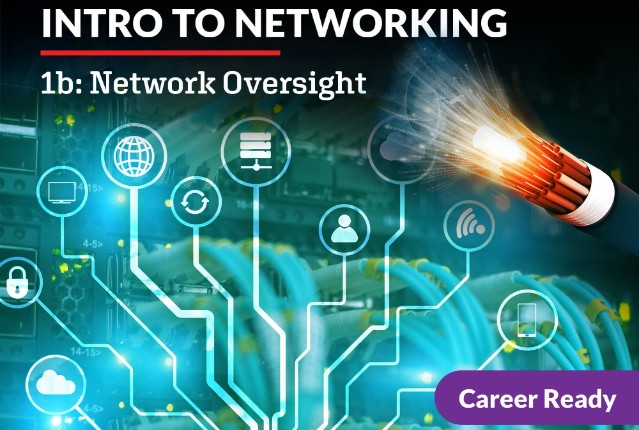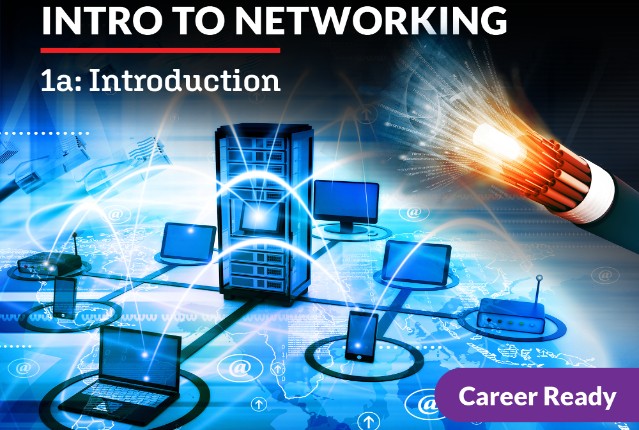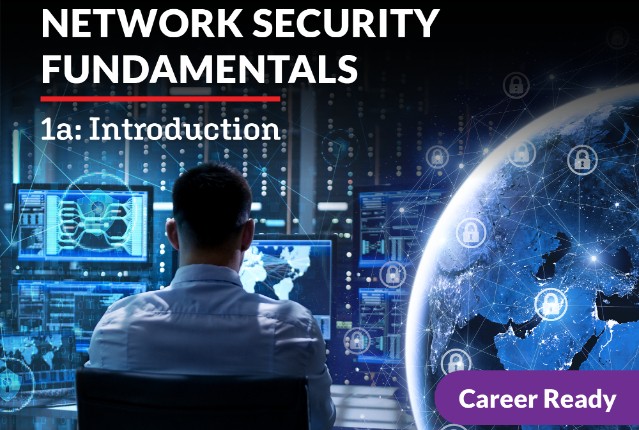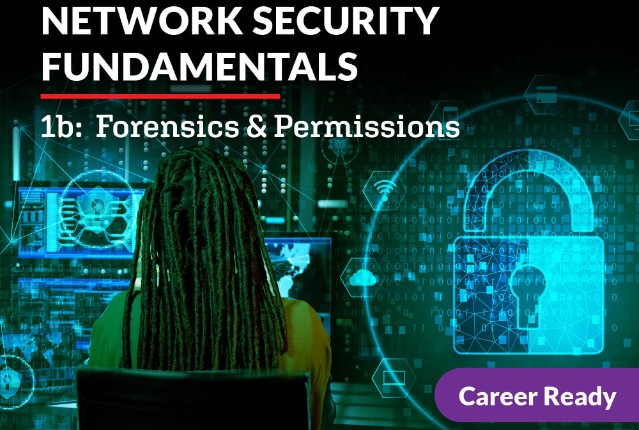
Introduction to Networking 1b: Network Oversight
Network administrators are responsible for the oversight of an organization’s computer network. This includes installing hardware and software but also relies on considerable technical skills to resolve network issues. Discover how to set up a network, troubleshoot problems, monitor network security, infrastructure, performance, and contribute to creating policies and procedures. As a network admin, you’ll help keep businesses safe and running correctly.
Review course outlineAccess for a year
USD 299.00*
* Choose more courses to get a discount




